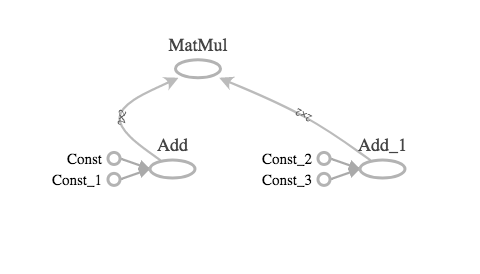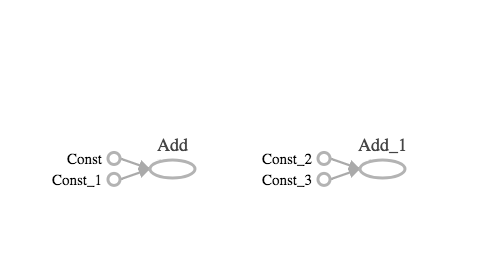Basic operations
Introduction to TensorFlow in Python

Isaiah Hull
Visiting Associate Professor of Finance, BI Norwegian Business School
What is a TensorFlow operation?

What is a TensorFlow operation?

What is a TensorFlow operation?

What is a TensorFlow operation?

Applying the addition operator
#Import constant and add from tensorflow
from tensorflow import constant, add
# Define 0-dimensional tensors
A0 = constant([1])
B0 = constant([2])
# Define 1-dimensional tensors
A1 = constant([1, 2])
B1 = constant([3, 4])
# Define 2-dimensional tensors
A2 = constant([[1, 2], [3, 4]])
B2 = constant([[5, 6], [7, 8]])
Applying the addition operator
# Perform tensor addition with add()
C0 = add(A0, B0)
C1 = add(A1, B1)
C2 = add(A2, B2)
Performing tensor addition
The
add()operation performs element-wise addition with two tensorsElement-wise addition requires both tensors to have the same shape:
- Scalar addition: $1+2=3$
- Vector addition: $[1,2]+[3,4]=[4,6]$
- Matrix addition: $\begin{bmatrix} 1 & 2 \\ 3 & 4 \end{bmatrix} + \begin{bmatrix} 5 & 6 \\ 7 & 8 \end{bmatrix} = \begin{bmatrix} 6 & 8 \\ 10 & 12 \end{bmatrix}$
The
add()operator is overloaded
How to perform multiplication in TensorFlow
Element-wise multiplication performed using
multiply()operation- The tensors multiplied must have the same shape
- E.g. [1,2,3] and [3,4,5] or [1,2] and [3,4]
Matrix multiplication performed with
matmul()operator- The
matmul(A,B)operation multiplies A by B - Number of columns of A must equal the number of rows of B
- The
Applying the multiplication operators
# Import operators from tensorflow
from tensorflow import ones, matmul, multiply
# Define tensors
A0 = ones(1)
A31 = ones([3, 1])
A34 = ones([3, 4])
A43 = ones([4, 3])
- What types of operations are valid?
multiply(A0, A0),multiply(A31, A31), andmultiply(A34, A34)matmul(A43, A34), but notmatmul(A43, A43)
Summing over tensor dimensions
- The
reduce_sum()operator sums over the dimensions of a tensorreduce_sum(A)sums over all dimensions of Areduce_sum(A, i)sums over dimension i
# Import operations from tensorflow
from tensorflow import ones, reduce_sum
# Define a 2x3x4 tensor of ones
A = ones([2, 3, 4])
Summing over tensor dimensions
# Sum over all dimensions
B = reduce_sum(A)
# Sum over dimensions 0, 1, and 2
B0 = reduce_sum(A, 0)
B1 = reduce_sum(A, 1)
B2 = reduce_sum(A, 2)
Let's practice!
Introduction to TensorFlow in Python

